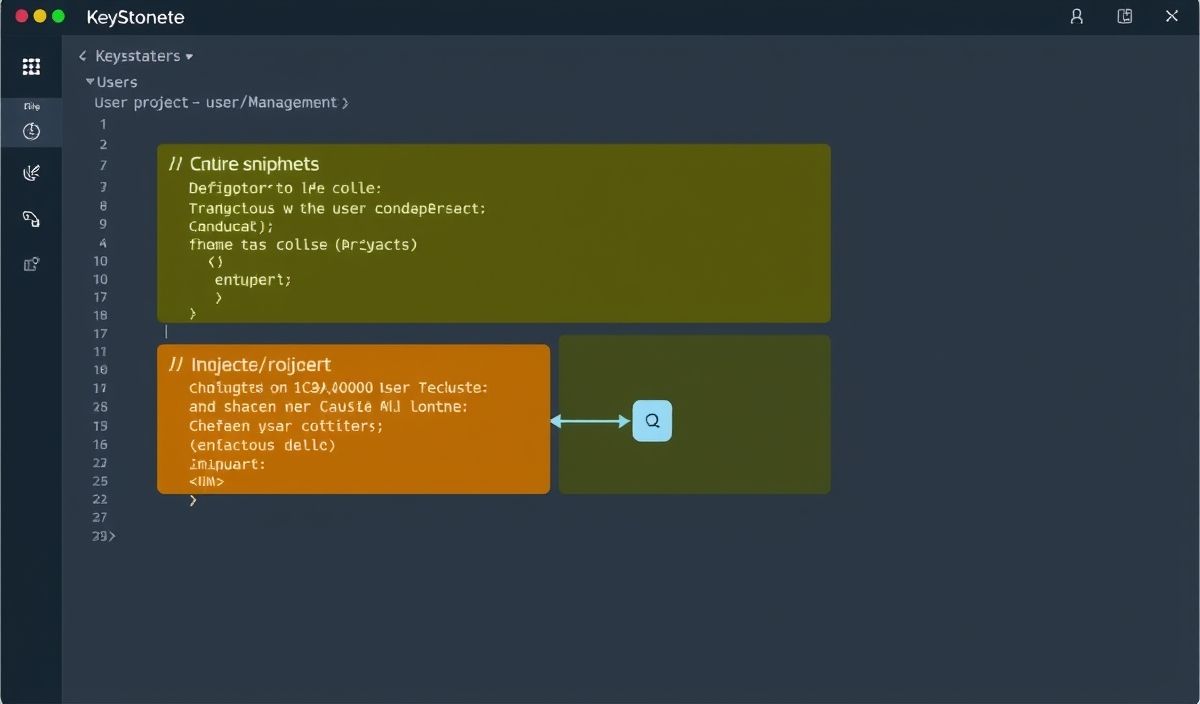Understanding Hyperlinks in Web Development
Hyperlinks are an essential part of web navigation, enabling users to seamlessly move from one page to another. They are implemented using anchor () tags in HTML and can be styled and manipulated using various APIs in modern web development. This article provides a comprehensive overview of hyperlink-related APIs with examples.
Basic HTML Hyperlink
To create a hyperlink, you simply use the tag and the
<a href="https://example.com">Visit Example.com</a>
Link Styling with CSS
CSS can be used to style hyperlinks.
a {
color: blue;
text-decoration: none;
}
a:hover {
text-decoration: underline;
}
JavaScript and Hyperlink Navigation
JavaScript can be used to manipulate hyperlinks dynamically.
document.querySelector('a').addEventListener('click', function(event) {
event.preventDefault();
console.log('Link was clicked!');
window.location.href = this.href;
});
Setting Link Targets
You can control how a link is opened using the target attribute.
<a href="https://example.com" target="_blank">Open in New Tab</a>
Hyperlink with Rel Attribute
The rel attribute defines the relationship between the linked document and the current document.
<a href="https://example.com" rel="noopener noreferrer">Secure Link</a>
App Example Using Hyperlink APIs
Below is a simple app example demonstrating the use of various hyperlink APIs:
Hyperlink API Example
Welcome to Hyperlink API Example
Visit Example.com
By understanding and utilizing these APIs, developers can create feature-rich and user-friendly web applications with robust navigation mechanisms.
Hash: 0e33869f749a06524ad3a29448de55a35ba6f04b98d6eaf865d1986e86a38d40




